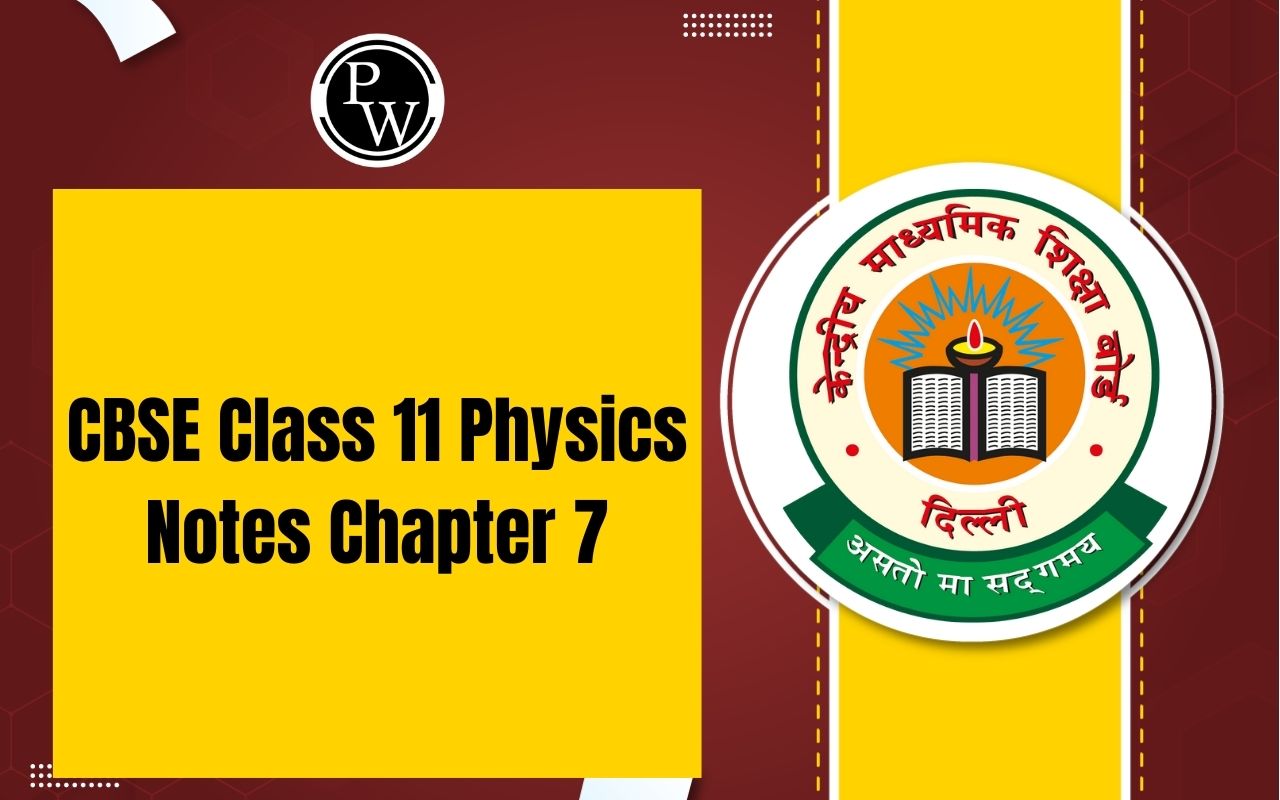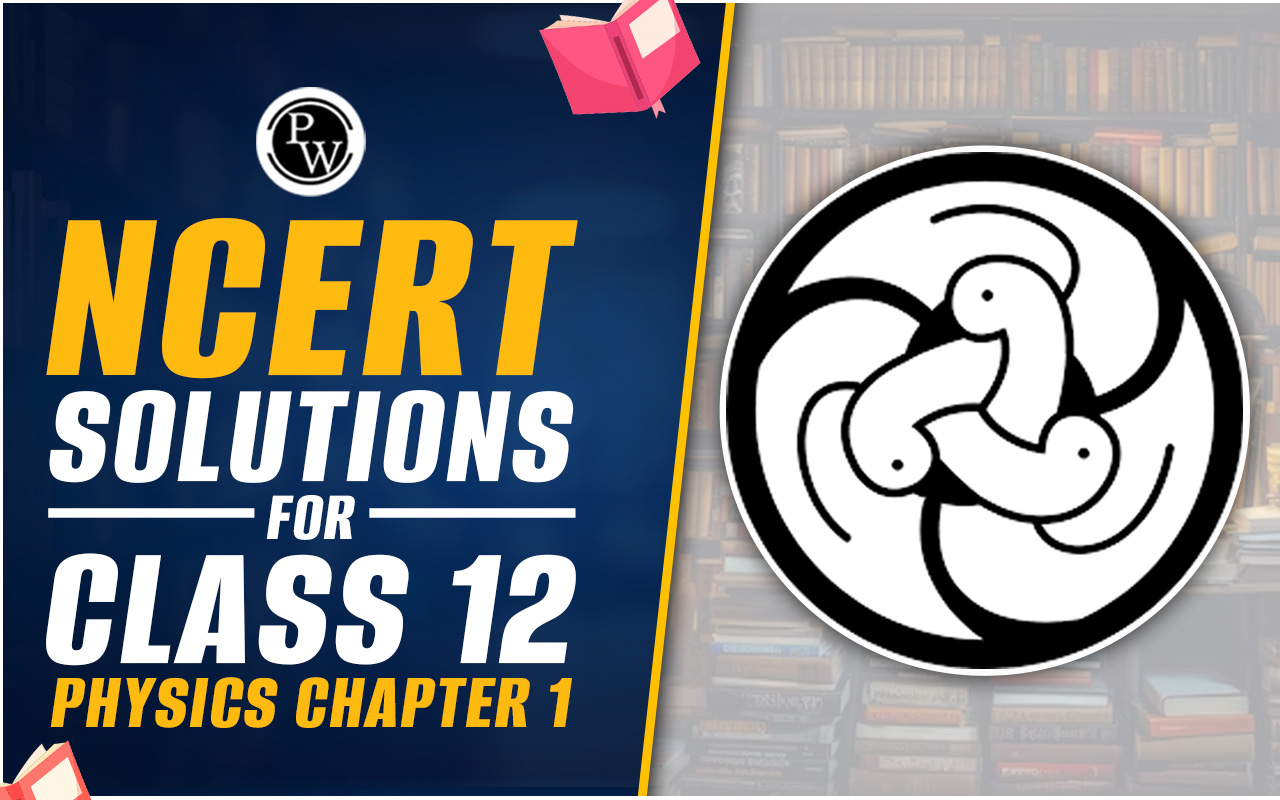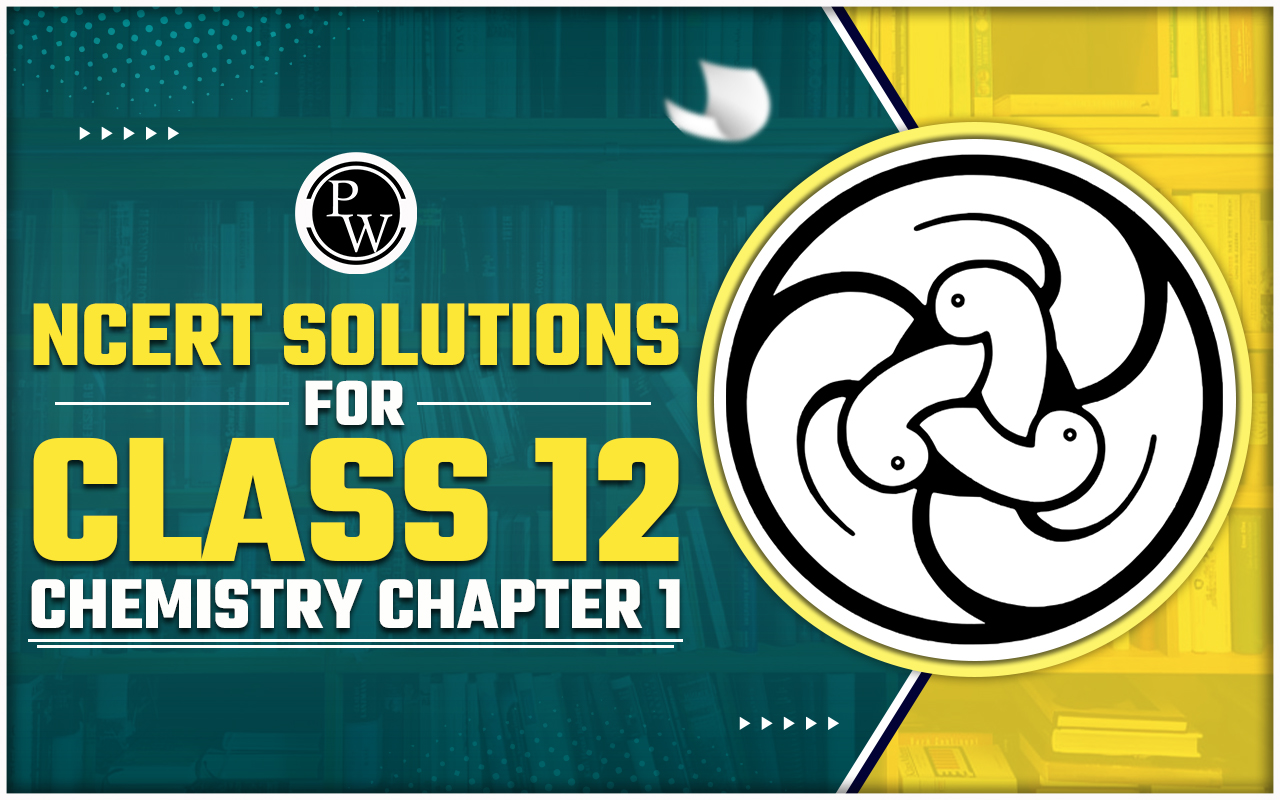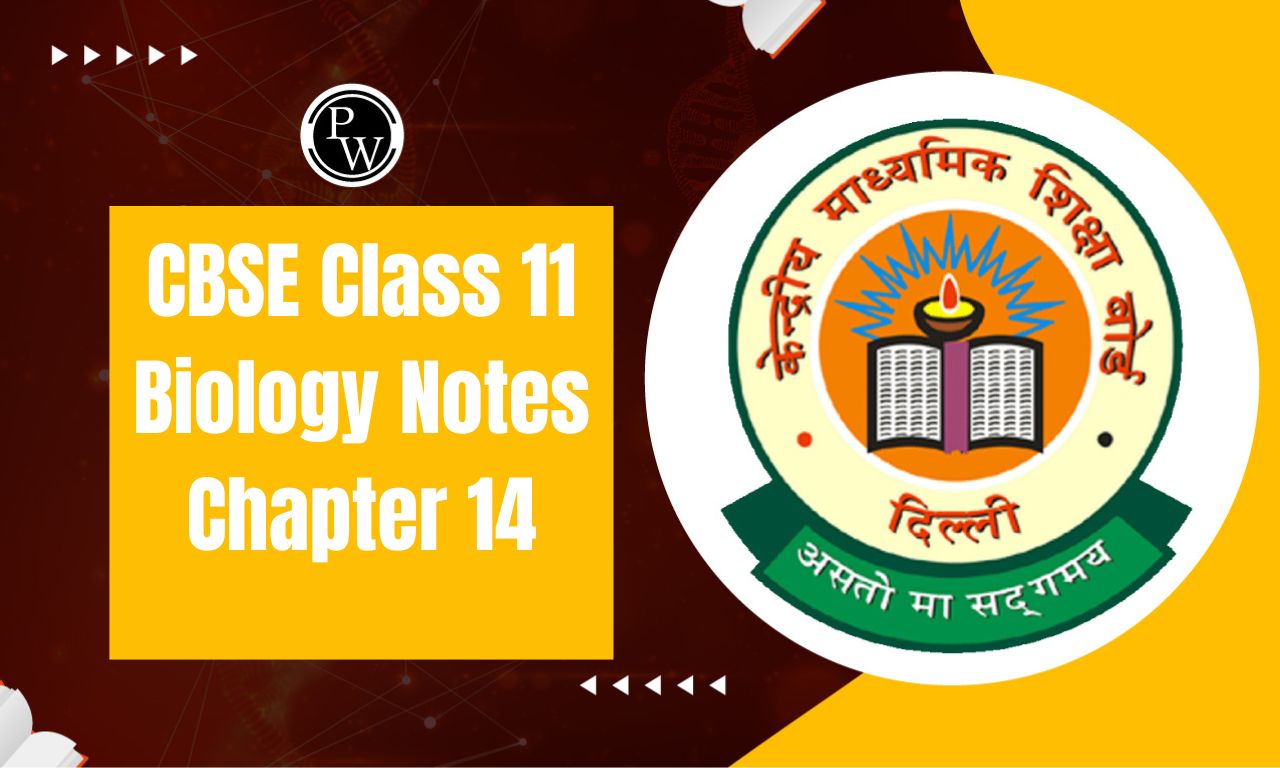

CBSE Class 11 Physics Notes Chapter 7 System Of Particles And Rotational Motion: Physics requires consistent practice, much like any other subject. Many students find Class 11 Physics challenging due to its complex terminology, equations, and rules.
To grasp the concepts effectively, it is important to understand the basic formulas and solve problems regularly. Chapter 7 of Class 11 Physics, titled "System Of Particles And Rotational Motion is particularly important because it frequently appears in board exam questions every year.CBSE Class 11 Physics Notes Chapter 7 PDF
The purpose of CBSE class 11 physics notes chapter 3 System Of Particles And Rotational Motion in a straight line is to present comprehensive, easy-to-understand material on the subject, step by step. It provide concise, easily legible notes to aid students in rapidly recalling the main ideas prior to the test.CBSE Class 11 Physics Notes Chapter 7 PDF
CBSE Class 11 Physics Notes Chapter 7 System Of Particles And Rotational Motion
Chapter 7, "System of Particles and Rotational Motion," is part of the fifth unit, "Motion of System and Particles." Together with Unit IV and Unit VI, it contributes a total weightage of 17 marks, indicating that questions from this chapter are likely to appear in exams. This chapter focuses on understanding the system of particles and rotational motion. The notes for Class 11 Physics Chapter 7 extensively cover the following topics:- Center of mass and its motion.
- Center of mass of a 2-particle system, rigid body, and a uniform rod.
- Momentum of force and momentum conservation.
- Torque.
- Moment of inertia.
- Angular momentum and laws of conservation of momentum.
- Radius of gyration.
- Parallel and perpendicular axis theorem.
Notes on Important Concepts in Physics
Center of Mass and Its Motion
- The center of mass of an object is the point where its entire mass can be assumed to be concentrated.
- It's a crucial concept in physics, especially for understanding the motion of objects.
- The center of mass motion remains unaffected by external forces. If no external force is acting, the center of mass either remains at rest or moves with uniform velocity.
Center of Mass of a 2-Particle System, Rigid Body, and a Uniform Rod
- For a two-particle system, the center of mass is calculated as the weighted average of the positions of the two particles.
- For a rigid body, the center of mass is a fixed point that remains unchanged during the motion of the body.
- For a uniform rod, the center of mass is at its geometric center.
Momentum of Force and Momentum Conservation
- Momentum of force, also known as torque, is the rotational analogue of force.
- It is the measure of the tendency of a force to rotate an object about an axis.
- Momentum conservation principle states that the total momentum of an isolated system remains constant if no external forces act on it.
Torque
- Torque is the measure of the force's ability to rotate an object around an axis.
- It depends on both the force applied and the position of application relative to the axis of rotation.
- It is expressed mathematically as the cross product of the position vector and the force vector.
Moment of Inertia
- Moment of inertia is a measure of an object's resistance to changes in its rotational motion.
- It depends on the mass of the object and the distribution of mass relative to the axis of rotation.
- It is often represented by the symbol � and is calculated differently for different shapes and distributions of mass.
Angular Momentum and Laws of Conservation of Momentum
- Angular momentum is the rotational equivalent of linear momentum and is defined as the product of moment of inertia and angular velocity.
- The conservation of angular momentum states that the total angular momentum of an isolated system remains constant if no external torques act on it.
Radius of Gyration
- The radius of gyration is the distance from the axis of rotation to a point where the mass of an object could be concentrated without altering its moment of inertia.
- It is mathematically represented as the square root of the ratio of moment of inertia to mass.
Parallel and Perpendicular Axis Theorem
- The parallel axis theorem states that the moment of inertia of a body about any axis parallel to its center of mass axis is the sum of the moment of inertia of the body about its center of mass axis and the product of its mass and the square of the distance between the two axes.
- The perpendicular axis theorem states that the moment of inertia of a planar lamina about an axis perpendicular to its plane is the sum of the moments of inertia of the lamina about two perpendicular axes in its plane passing through the point where the perpendicular axis intersects the plane of the lamina.
Benefits of CBSE Class 11 Physics Notes Chapter 7
Here are some benefits of using CBSE Class 11 Physics Notes Chapter 7:Comprehensive Coverage : The notes provide a comprehensive coverage of the topics included in Chapter 7, "System of Particles and Rotational Motion." This ensures that students have access to all the important concepts and theories discussed in the chapter.
Concise Summaries : The notes provide concise summaries of each topic, making it easier for students to understand and retain key information.
Clarity and Simplification : Complex concepts are broken down into simpler terms, making it easier for students to grasp difficult concepts.
Structured Format : The notes follow a structured format, which helps students organize their study materials and revise more efficiently.
CBSE Class 11 Physics Notes Chapter 7 FAQs
What is the Center of Mass?
How is the Center of Mass Calculated for a System of Particles?
What is Moment of Inertia?
How is Torque Defined?
What is Angular Momentum?












